DIY Tomato Garden: Imagine biting into a sun-warmed, juicy tomato, bursting with flavor that no store-bought variety can ever match. That’s the magic you can unlock with your very own DIY tomato garden! For centuries, tomatoes have been cultivated worldwide, evolving from ornamental curiosities to culinary staples. From the ancient Aztecs who first cultivated them to the Italian immigrants who popularized them in America, tomatoes have a rich and vibrant history.
But let’s be honest, getting those perfect, plump tomatoes can sometimes feel like a battle against pests, diseases, and unpredictable weather. That’s where our DIY tricks and hacks come in! I’m here to share simple, effective, and budget-friendly ways to create a thriving DIY tomato garden, even if you have limited space or experience. Whether you’re a seasoned gardener or just starting out, these tips will help you maximize your yield and enjoy the freshest, most delicious tomatoes imaginable. Get ready to roll up your sleeves and transform your backyard (or balcony!) into a tomato paradise!
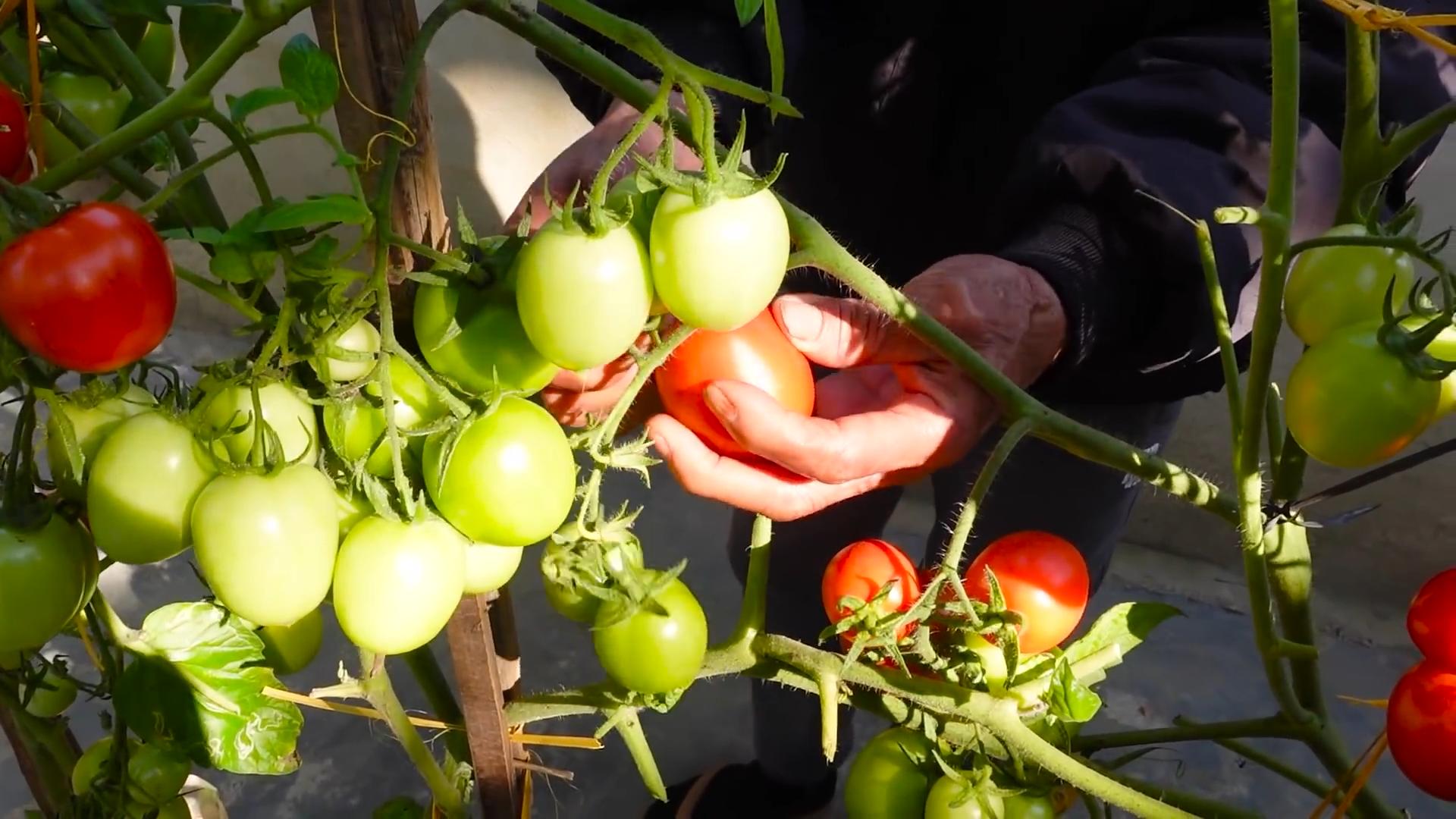
DIY Tomato Garden: From Seed to Sauce!
Hey there, fellow garden enthusiasts! I’m so excited to share my tried-and-true method for creating a thriving tomato garden, even if you’re short on space or a seasoned pro looking for some fresh tips. Get ready to enjoy the juiciest, most flavorful tomatoes you’ve ever tasted, all grown with your own two hands!
Choosing Your Tomato Varieties
Before we even think about dirt, let’s talk tomatoes! The sheer variety can be overwhelming, but don’t worry, I’ll help you narrow it down. Consider these factors:
* Space: Determinate varieties (bush tomatoes) are compact and perfect for containers or small gardens. Indeterminate varieties (vining tomatoes) need more space and support, like a trellis or cage.
* Climate: Check your local growing zone and choose varieties known to thrive in your area. Some tomatoes are more heat-tolerant, while others prefer cooler temperatures.
* Use: Are you dreaming of slicing tomatoes for sandwiches, juicy heirlooms for salads, or paste tomatoes for homemade sauce? Each type has its strengths.
* Disease Resistance: Look for varieties labeled with disease resistance codes (e.g., V, F, N, T, A) to minimize potential problems.
Some of my personal favorites include:
* ‘Roma’ (Determinate): Excellent for sauce and canning.
* ‘Early Girl’ (Indeterminate): Produces early and abundantly.
* ‘Beefsteak’ (Indeterminate): Large, juicy, and perfect for slicing.
* ‘Cherry’ (Indeterminate): Sweet and snackable.
* ‘San Marzano’ (Determinate): The gold standard for tomato paste.
Starting from Seed (Optional, but Recommended!)
Starting your tomatoes from seed gives you a head start on the growing season and allows you to choose from a wider selection of varieties. Here’s how I do it:
1. Gather Your Supplies:
* Seed starting trays or small pots
* Seed starting mix (a light, sterile mix is crucial)
* Tomato seeds
* Spray bottle
* Heat mat (optional, but helpful)
* Grow lights (essential if you don’t have a sunny windowsill)
* Labels and a permanent marker
2. Sow the Seeds:
* Moisten the seed starting mix thoroughly.
* Fill the trays or pots with the mix.
* Make a small indentation (about 1/4 inch deep) in the center of each cell or pot.
* Place 2-3 seeds in each indentation. This increases the chances of at least one seed germinating.
* Gently cover the seeds with the mix.
* Lightly mist the surface with water.
3. Provide Warmth and Light:
* Place the trays or pots on a heat mat (if using) and under grow lights.
* Keep the soil consistently moist, but not soggy.
* The ideal temperature for germination is around 75-85°F (24-29°C).
* The grow lights should be positioned a few inches above the soil surface and kept on for 14-16 hours per day.
4. Thin the Seedlings:
* Once the seedlings have developed their first true leaves (the second set of leaves), thin them to one seedling per cell or pot.
* Choose the strongest, healthiest-looking seedling and snip off the others at the soil line with scissors. Don’t pull them out, as this can disturb the roots of the remaining seedling.
5. Harden Off the Seedlings:
* About a week before you plan to transplant the seedlings outdoors, begin hardening them off. This process gradually acclimates them to outdoor conditions.
* Start by placing the seedlings outdoors in a sheltered location for just an hour or two each day, gradually increasing the amount of time they spend outside over the course of the week.
* Protect them from direct sunlight and strong winds during this process.
Preparing the Soil
Whether you’re planting in containers or directly in the ground, good soil is essential for healthy tomato plants. Tomatoes are heavy feeders, so they need a nutrient-rich soil.
1. Container Gardening:
* Use a high-quality potting mix specifically formulated for vegetables. Avoid using garden soil in containers, as it can become compacted and doesn’t drain well.
* I like to amend my potting mix with compost and a slow-release fertilizer.
2. In-Ground Gardening:
* Choose a location that receives at least 6-8 hours of sunlight per day.
* Test your soil’s pH. Tomatoes prefer a slightly acidic soil (pH 6.0-6.8). You can purchase a soil testing kit at most garden centers.
* Amend the soil with plenty of compost and well-rotted manure. This will improve drainage, aeration, and nutrient content.
* If your soil is heavy clay, consider adding some sand or perlite to improve drainage.
Transplanting Your Tomato Seedlings
Now for the fun part – getting those little plants into their new homes!
1. Choose a Sunny Location: Tomatoes need at least 6-8 hours of direct sunlight per day.
2. Dig the Holes: Dig holes that are slightly larger than the root balls of your seedlings.
3. Plant Deep: This is a crucial step! Tomatoes can grow roots along their stems, so planting them deep will encourage a stronger root system. Remove the lower leaves from the seedling and bury the stem up to the first set of leaves.
4. Add Support: If you’re growing indeterminate varieties, install stakes, cages, or trellises at the time of planting. This will prevent the plants from sprawling and keep the fruit off the ground.
5. Water Thoroughly: Water the newly transplanted seedlings deeply to help them settle in.
6. Mulch: Apply a layer of mulch around the base of the plants to help retain moisture, suppress weeds, and regulate soil temperature. I like to use straw, shredded leaves, or wood chips.
Caring for Your Tomato Plants
Consistent care is key to a bountiful harvest.
1. Watering: Water deeply and regularly, especially during hot, dry weather. Aim to water at the base of the plants to avoid wetting the foliage, which can lead to disease. A good rule of thumb is to water when the top inch of soil feels dry to the touch.
2. Fertilizing: Tomatoes are heavy feeders, so fertilize them regularly with a balanced fertilizer. Follow the instructions on the fertilizer package. I like to use a liquid fertilizer every 2-3 weeks.
3. Pruning: Pruning is important for indeterminate varieties. Remove suckers (the small shoots that grow between the main stem and the branches) to encourage the plant to focus its energy on fruit production.
4. Pest and Disease Control: Keep an eye out for common tomato pests and diseases, such as aphids, tomato hornworms, and early blight. Treat any problems promptly with appropriate organic or chemical controls.
5. Support: As the plants grow, make sure they are adequately supported by their stakes, cages, or trellises. Tie the stems to the supports with soft twine or plant ties.
Harvesting Your Tomatoes
The moment you’ve been waiting for!
1. Ripeness: Tomatoes are ripe when they are fully colored and slightly soft to the touch.
2. Harvesting Technique: Gently twist the tomato from the vine, leaving the stem attached.
3. Storage: Store ripe tomatoes at room temperature. Refrigerating them can affect their flavor and texture.
Troubleshooting Common Tomato Problems
Even with the best care, you might encounter some challenges. Here are a few common problems and how to address them:
* Blossom End Rot: This is caused by a calcium deficiency. Ensure consistent watering and amend the soil with calcium-rich amendments like bone meal.
* Early Blight: This fungal disease causes dark spots on the leaves. Remove affected leaves and apply a fungicide.
* Tomato Hornworms: These large green caterpillars can quickly defoliate your plants. Handpick them off or use Bacillus thuringiensis (Bt), a biological insecticide.
* Aphids: These small insects suck sap from the plants. Spray them with a strong stream of water or use insecticidal soap.
Enjoying Your Harvest
Congratulations! You’ve successfully grown your own tomatoes. Now it’s time to savor the fruits (or vegetables!) of your labor. Enjoy them fresh in salads, sandwiches, and sauces. You can also can, freeze, or dry them for later use.
Growing your own tomatoes is a rewarding experience. With a little planning and care, you can enjoy a bountiful harvest of delicious
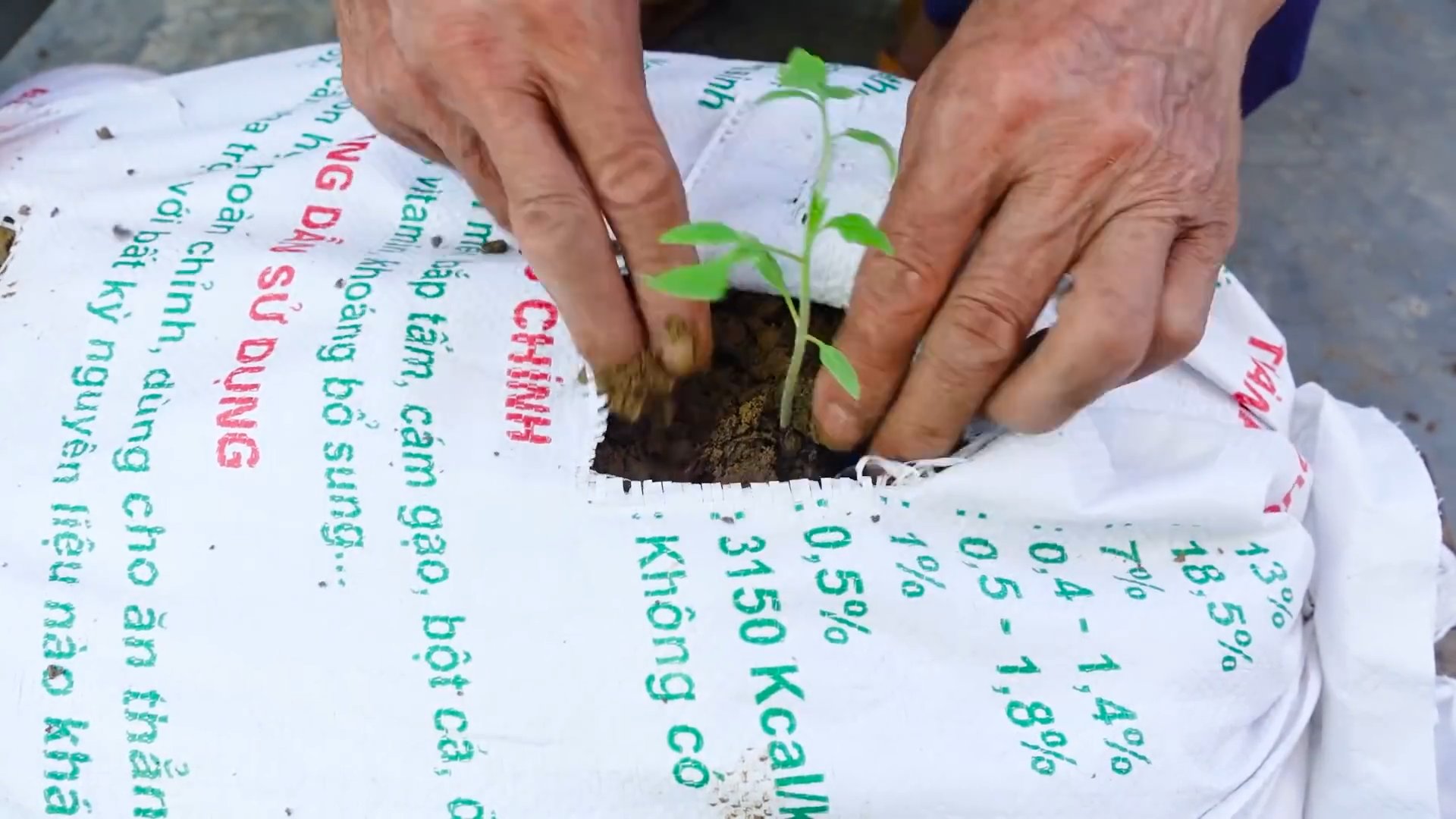
Conclusion
So, there you have it! Transforming your space into a thriving DIY tomato garden is not just a fun project; it’s a gateway to fresh, flavorful tomatoes right at your fingertips. Forget those bland, store-bought varieties – imagine biting into a sun-ripened tomato, bursting with sweetness and grown with your own two hands. This isn’t just about saving money; it’s about connecting with nature, understanding where your food comes from, and enjoying the unparalleled satisfaction of harvesting your own produce.
This DIY tomato garden method offers a unique blend of simplicity and effectiveness. It’s accessible to beginners, even those with limited gardening experience or space. The beauty of this approach lies in its adaptability. You can tailor it to your specific needs and preferences, experimenting with different tomato varieties, container sizes, and even companion plants.
Consider these variations to personalize your DIY tomato garden:
* Heirloom Tomato Extravaganza: Explore the world of heirloom tomatoes! These varieties boast unique flavors, colors, and textures that you won’t find in commercial tomatoes. From the deep purple Cherokee Purple to the vibrant yellow Brandywine, heirloom tomatoes add a touch of history and intrigue to your garden.
* Vertical Tomato Tower: If space is truly limited, consider building a vertical tomato tower. This ingenious design allows you to grow multiple tomato plants in a small footprint, maximizing your yield and adding a visually stunning element to your garden.
* Companion Planting Power: Enhance your tomato garden by incorporating companion plants. Basil, marigolds, and carrots are excellent choices that can deter pests, improve soil health, and even enhance the flavor of your tomatoes.
* Hydroponic Tomato Haven: For the tech-savvy gardener, explore hydroponic tomato growing. This method involves growing tomatoes without soil, using nutrient-rich water solutions. It can be a highly efficient and rewarding way to cultivate tomatoes indoors or outdoors.
* Upside-Down Tomato Planters: A fun and quirky way to grow tomatoes, upside-down planters are especially good for patios and balconies. They are easy to make and can be quite productive.
But the real magic happens when you get your hands dirty and start experimenting. Don’t be afraid to try new things, learn from your mistakes, and adapt your approach as you go. Gardening is a journey, not a destination, and the rewards are well worth the effort.
We are confident that this DIY tomato garden guide will empower you to create your own thriving tomato patch, no matter your experience level or space constraints. We encourage you to take the plunge, embrace the process, and experience the joy of growing your own delicious tomatoes.
And most importantly, we want to hear about your experiences! Share your photos, tips, and stories with us in the comments below. Let’s build a community of tomato enthusiasts, sharing our knowledge and inspiring each other to grow the best tomatoes possible. What varieties are you growing? What challenges have you faced? What successes have you celebrated? Your insights can help others on their tomato-growing journey. So, get planting, get growing, and get sharing! Let’s make this season the most bountiful tomato harvest yet!
Frequently Asked Questions (FAQ)
What is the best time to start a DIY tomato garden?
The timing depends on your climate. In general, you should start your tomato plants indoors 6-8 weeks before the last expected frost. If you live in a warmer climate with a longer growing season, you can start them later or even directly sow seeds into the ground after the last frost. Check your local weather forecasts and gardening resources for specific recommendations for your region.
What kind of soil is best for growing tomatoes in a DIY garden?
Tomatoes thrive in well-draining, nutrient-rich soil with a slightly acidic pH (around 6.0-6.8). You can use a commercially available potting mix specifically formulated for vegetables, or you can create your own mix by combining equal parts of compost, peat moss (or coconut coir), and perlite or vermiculite. Amending your soil with compost is always a good idea, as it provides essential nutrients and improves soil structure.
How much sunlight do tomatoes need in a DIY garden?
Tomatoes are sun-loving plants and require at least 6-8 hours of direct sunlight per day to produce a bountiful harvest. Choose a location for your DIY tomato garden that receives ample sunlight throughout the day. If you’re growing tomatoes in containers, you can move them around to ensure they get enough sun.
How often should I water my tomato plants in a DIY garden?
Water your tomato plants deeply and regularly, especially during hot and dry weather. Aim to keep the soil consistently moist but not waterlogged. Water at the base of the plants to avoid wetting the foliage, which can increase the risk of fungal diseases. A good rule of thumb is to water when the top inch of soil feels dry to the touch. Mulching around your tomato plants can help retain moisture and suppress weeds.
What are some common pests and diseases that affect tomatoes in a DIY garden, and how can I prevent them?
Common tomato pests include aphids, whiteflies, tomato hornworms, and spider mites. Common diseases include early blight, late blight, Septoria leaf spot, and blossom end rot. To prevent these problems, practice good garden hygiene, such as removing diseased leaves and weeds, and providing adequate spacing between plants for good air circulation. You can also use organic pest control methods, such as insecticidal soap or neem oil, to control pests. For diseases, consider using copper-based fungicides or other organic treatments. Blossom end rot is often caused by calcium deficiency, so ensure your soil has adequate calcium levels.
How do I fertilize my tomato plants in a DIY garden?
Tomatoes are heavy feeders and require regular fertilization to produce a good crop. Use a balanced fertilizer specifically formulated for tomatoes, following the instructions on the package. You can also use organic fertilizers, such as compost tea or fish emulsion. Fertilize your tomato plants every 2-3 weeks during the growing season.
How do I prune my tomato plants in a DIY garden?
Pruning tomato plants can improve air circulation, reduce disease risk, and encourage fruit production. Remove suckers (the small shoots that grow between the main stem and the branches) to direct the plant’s energy towards fruit development. You can also prune lower leaves that are touching the ground to prevent soil-borne diseases from splashing onto the foliage.
When should I harvest my tomatoes from my DIY garden?
Tomatoes are ready to harvest when they are fully colored, slightly soft to the touch, and easily detach from the vine. The exact color will depend on the variety of tomato you are growing. Gently twist or cut the tomato from the vine, leaving a small piece of stem attached.
Can I grow tomatoes in containers in a DIY garden?
Yes, tomatoes can be successfully grown in containers, making them ideal for small spaces or balconies. Choose a container that is at least 12 inches in diameter and 12 inches deep. Use a well-draining potting mix and provide adequate sunlight and water. Consider using determinate tomato varieties, which are more compact and better suited for container growing.
What are determinate and indeterminate tomato varieties, and which is best for a DIY garden?
Determinate tomato varieties grow to a certain size and then stop, producing all their fruit at once. They are bushier and more compact, making them suitable for containers or small spaces. Indeterminate tomato varieties continue to grow and produce fruit throughout the growing season. They require staking or caging to support their growth. The best choice for your DIY tomato garden depends on your space and preferences. Determinate varieties are easier to manage in small spaces, while indeterminate varieties provide a longer harvest period.

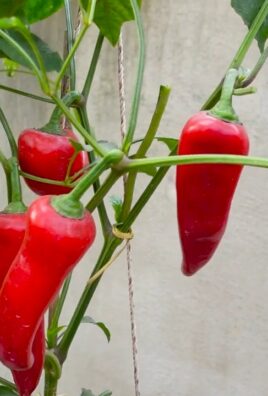
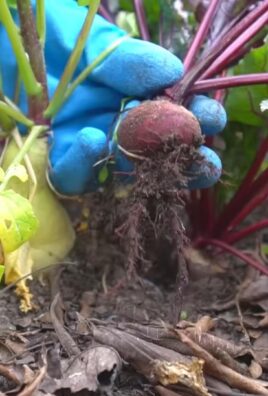
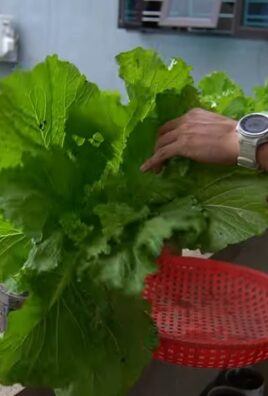
Leave a Comment